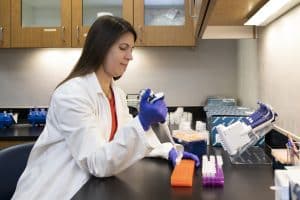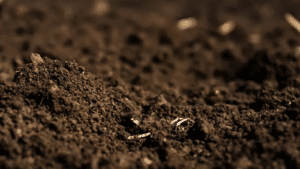University of Florida scientists are using a USDA grant to find ways to enhance soil health, boost crop yields and reduce pest and disease pressure.
Growers always seek ways to maintain or increase yields and enhance their crops’ resistance to pests, diseases, and climate change-induced heat.
This need is particularly pressing in high-intensity production systems. A recent University of Florida news release detailed the way these systems demand substantial water, nutrients and chemicals to manage pests and diseases and what UF scientists are doing to help. While fumigation is commonly used to control underground pests and diseases, its effectiveness can be inconsistent.
In response to this challenge, the USDA National Institute of Food and Agriculture awarded Sarah Strauss, a UF/IFAS associate professor of soil, water, and ecosystem sciences, a $700,000 federal grant to explore methods to improve soil productivity.
“The question we’re asking is, ‘How do we make this high-intensity crop production system more efficient?’” Strauss said in the release. “How can we enhance or improve the soil to reduce disease and pest pressure?”
Strauss and her team began their research with tomatoes, a major crop in Southwest Florida. They hoped their findings would benefit high-intensity crop farmers throughout the Southeast.
“We want more efficient control of these diseases and pests, which will help productivity,” said Strauss, a faculty member at the Southwest Florida Research and Education Center in Immokalee. “Hopefully, with our findings, growers will also have more control of the nutrients they use to help their crops grow. That could reduce growers’ costs. The idea is, if you have a more resilient system, ultimately a farmer doesn’t have to spend as much.”
Farmers use cover crops when the land is fallow, or bare, when cash crops are not growing. They don’t usually make money from cover crops. Instead, they use them to protect soil.
Among other benefits, certain cover crops, like sunnhemp, can reduce the likelihood that nematodes will harm cash crops.
“But cover crops also might change soil microbes so that crops require less fertilizer,” Strauss said. “Changing which microbes are in the soil can help keep nutrients available for plants and may protect the plants against some diseases.”













